What to Know About Adjustable Dress Forms | Elise's Sewing Studio

We may earn money or products from the companies mentioned in this post.
First of all…what is an adjustable dress form?
An adjustable dress form is a torso-shaped figure used to help make clothes fit on a body, that is, well, adjustable.
Typically it has dials to adjust the chest, waist and hips to the desired measurement. The height can usually be adjusted as well.
This post contains affiliate links. Should you click a link and make a purchase, I earn a small comission at no extra cost to you.
A dress form is used in making clothing, and is covered in fabric. Pins can be stuck into the dressform to hold the fabric in place while designing.
A mannequin meanwhile is more to display clothes, such as in a store window display. It is usually made out of hard material such as ceramic or plastic. Plastic mannequins can be flimsy, ceramic ones are fragile and costly.
Store display mannequins aren’t a good choice for sewing because you can’t pin them and they are fragile.
This depends on your sewing goals and skill level. I wouldn’t recommed dress forms for beginner sewists, because you need to have a good understanding of how clothes fit together first before you use them.
If you plan to have a sewing business, sew a lot, or sew for others, it is worth looking into as it will make alterations and design easier.
An adjustable dress form is best used for checking a garment mid-construction for style. Place your project on it, stand back, and have a look at how you like the design details as you go along.
It also works well for marking hems for long dresses or working on gowns with elaborate skirt detail. A gown with a skirt overlay that gets pinned up for example would be very challenging to work on with a flat pattern, much easier on a dress form.
My first adjustable dress form was a Venus brand one that I got secondhand. The stand broke while it was in storage for a while, so it’s now more used to display items, sitting on a barrel in my studio.
Even without the stand, I can still use it to do some basic alterations, like pinning in darts or side seams on items for myself. I have used it to work on items I have altered for clients as well. It’s especially useful if you want to show a client something in progress – throw it on the dress form, snap a picture, and send it with a message.
I also like to store larger works-in-progress on my dress form.
Sort of. The thing you need to be aware of is that if you adjust it out at all, you get a gap in the middle.
I have worked around this by putting a basic bodice block or even a camisole on the dress form, and carefully pinned into that instead. However, if you are serious about draping, you will have an easier time on a professiona (non-adjustable) dress form becuase it is solid and easier to poke pins through.
Adjustable dress forms are fabric-covered plastic and you can put pins in them, but they pull out easily. You can somewhat work around it by placing your pins in it going down. To be extra secure, place two pins in an X.
If you are sewing for yourself, you want to take your measurements and check that against the dress form size chart.
Most of the time in sewing, you go with the largest size that your measurements fall into, and adjust down from there. But the opposite applies for when you are working with a dress form!
It is best to get a dress form for your smaller measurement (in my case my hips are the smallest size) and adjust out as needed. Still, you might need to pad out areas (for me this might be the waist).
I don’t drape for me much on that old Venus dress form, and not just because it got a bit damaged in storage.
It fits my bust, but my hips are actually smaller than it. So that is a bit of a problem.
But my biggest issue with that adjustable dress form is that the shoulders are narrow for me. So draping an item with a set in sleeve is challenging – the armscye isn’t right.
I do mark where my shoulder actually goes on it, and have learned to work around it. For this I measure the outside of my neck along my shoulder (shoulder seam area). It’s one of those measurements that isn’t checked a whole lot if you buy patterns, but it is really critical when you are making patterns or draping.
My dress form really is helpful for doing my own alterations – I like to put darts in a lot of woven tops and shirts, and it does the trick even though it isn’t perfectly like me.
A hem marker feature is useful for marking dresses with full skirts. You can also play around with design details like necklines or embellishments.
Depending on the brand, the neck may be adjustable as well.
To set your dress form to the right height, you want your nape (back) of neck to floor measurement to match the nape of neck to floor of the mannequin.
Setting the dress form to the right height will allow you to hem and design dresses easier.
- Hem marker: This piece sticks out from the stand to allow you to mark the hem of dresses while on the dress form.
- Caster wheels: Some come with locking wheels at the bottom for easier mobility. These are often a bit heavier (which means also sturdier).
- Adjustment mechanism: Different models may use adjustable dials, or a key to lock the adjusted size in place
This brand has 4 different sized adjustable dress forms available, with a new and improved base with casters.
- Adjusts Bust, Waist, Hip, Neck.
- Includes casters
- Hem marker
- Available in Petite, Small, Medium, and Large.
- Adjustments lock in place with a key.
Adustable dress form with foam-backed raised loop nylon for easy pinning and durability. The Diamond Series is the more budget-friendly option for dress forms.
These dress forms are not adjustable. However, they are solid, which means that they are sturdier and easier to pin than adjustable ones. They are also heavier.
Professional dress forms are used by fashion and costume designers to be able to work with fabric and see how something will look.
If you are serious about draping clothing, this is a better choice than the adjustable ones. Just be prepared to pad out areas if need be to better mimic the measurements you need.
If you are looking for a dress form with legs, you need a full bodied form. These are not adjustable.
These cost more and are more suited for those with advanced sewing skills or fashion designers.
Typically they hang from a stand. Becaues they are not adjustable, they are easier to put pins in. Collapsable shoulders make it easier to take the garments off the dress form.
With a dress form, you can alter clothes, drape, adjust design details and more. For a serious garment sewist who has enough space, they are a great investment. I love being able to put my item on a dress form partway through a project to decide if there is anything I want to change.
Do you use dress forms for your sewing? What do you use it for the most? Let us know in the comments below.
Enjoyed the project?
The author may collect a small share of sales from the links on this page.

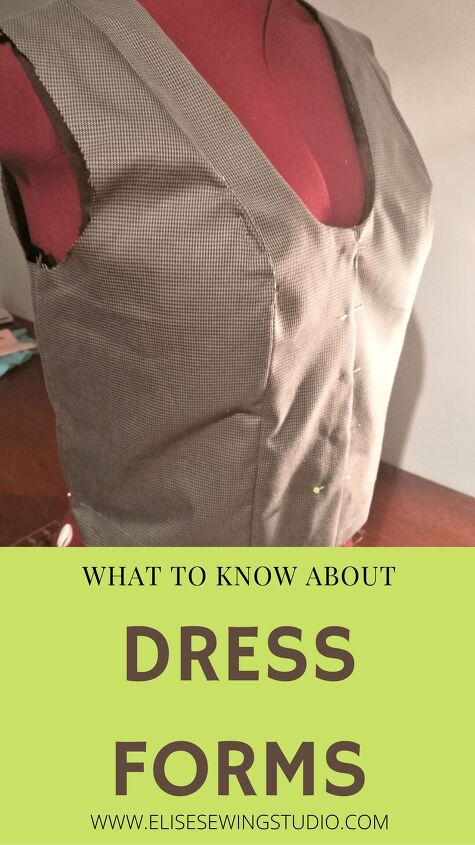


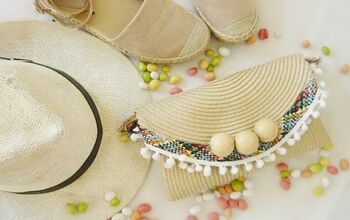
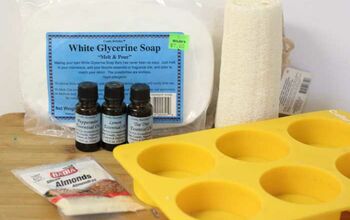
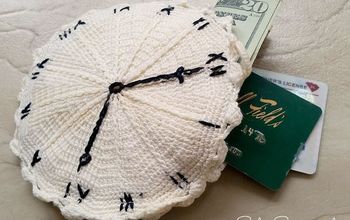






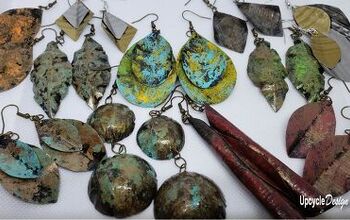
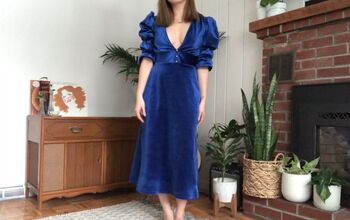
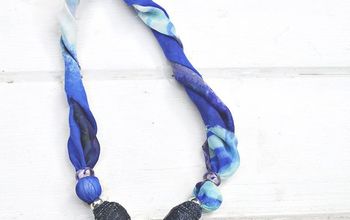
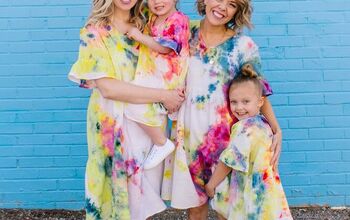
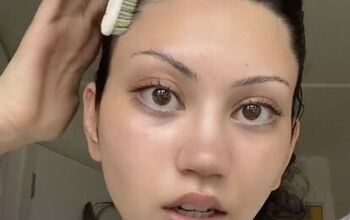


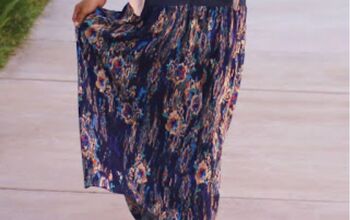
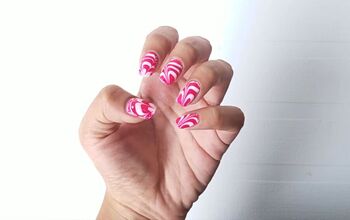
Comments
Join the conversation